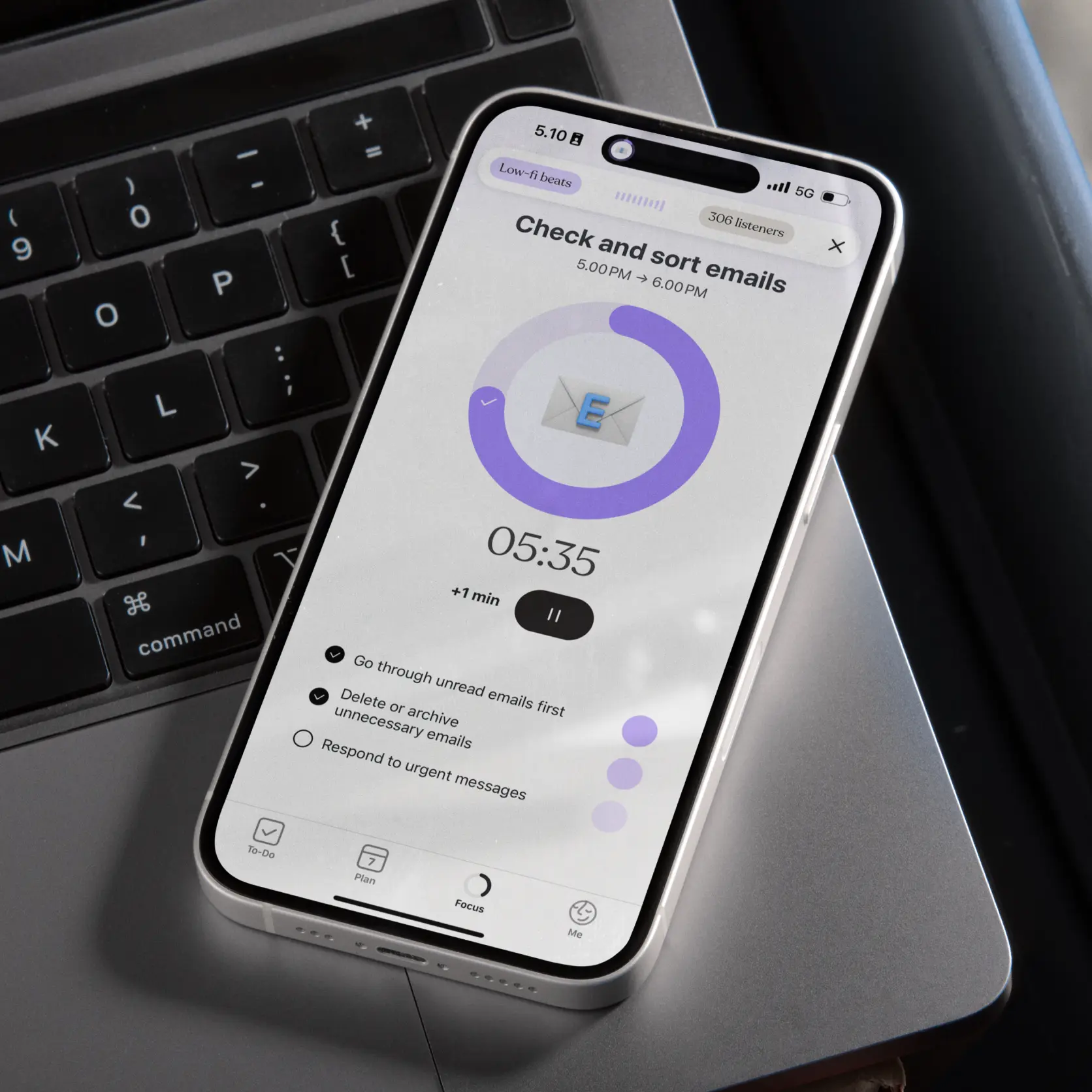Designing for different neurotypes
Neurodiversity is at the forefront of our design thinking. Recognizing that individuals with ADD/ADHD may be sensory-seeking while those with ASC (Autism Spectrum Conditions) might be easily overwhelmed is crucial. So, how do we address this?
Stimulate, but don’t overwhelm: Achieving the right balance is paramount. For our ADD/ADHD audience, we aim to offer stimuli that cater to their sensory-seeking tendencies.
Conversely, we carefully design our user interface to ensure that those with ASC aren't overwhelmed with too much information or overly vibrant visuals.
Embracing sensory diversity in product design
Understanding the different ways in which our users process sensory information is pivotal.
User Testing
By continually testing our designs with real users, we gain invaluable insights into how different neurotypes interact with our product.
Empathy and Team Diversity
Our team isn't just made up of designers and developers. It's a melting pot of different neurotypes. This internal cognitive diversity allows us to view our designs from a multitude of perspectives. By putting ourselves in the shoes of our users, we can better understand and cater to their unique sensory processing needs.
Setting boundaries to separate your school life and personal life not only increases efficiency at school, but also reduces stress. Tiimo gives us the opportunity to switch between multiple profiles, making it really easy to set homework and studying apart from everything else. By setting this up, you can create a harmonious balance between your academic responsibilities and personal well-being, ultimately enhancing both aspects of your life.
Striking a balance in user experience
Designing for diverse sensory processing often requires us to strike a balance:
Complex vs. Simple Tasks
When users are presented with complex tasks, we streamline the experience to minimize cognitive load. For simpler tasks, we allow for a bit more expressiveness, offering a stimulating yet user-friendly interface.
Customization
Users crave the ability to personalize their experience, but too many options can be daunting. Our solution? Provide the tools that matter most. This ensures the app remains user-centric without becoming cluttered or overwhelming.
Static vs. Dynamic Expression
We understand the allure of animations, but they must be used judiciously. Our goal is to make them fun while still ensuring they're caring and not overstimulating.









